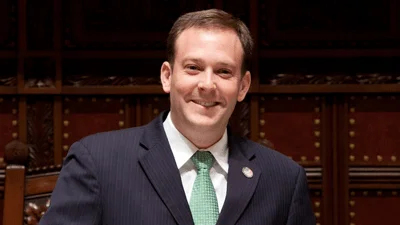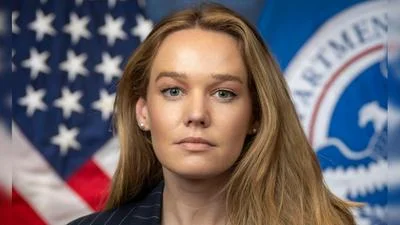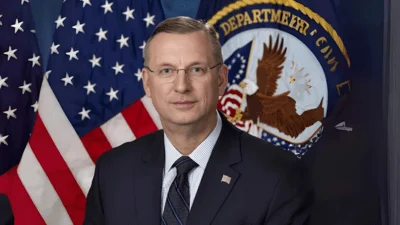Millions of people could soon have a solution to their lack of internet access.
The U.S. Department of the Interior announced in a press release Aug. 16, that it is partnering with the Institute of Museum and Library Services, the Department of Agriculture’s Rural Development Service and the Department of Commerce’s National Telecommunication and Information Administration (NTIA) for the 2021 National Tribal Broadband Summit in September.
The summit, which will be held virtually, will address the lack of internet access throughout tribal lands, the release stated.
“Tribes have been left further behind in the digital divide than most areas of the country due to the consistent lack of infrastructure investment in Indian Country,” Secretary of the Interior Deb Haaland said. “This summit represents an opportunity to leverage the Biden-Harris administration’s all-of-government approach to help ensure the federal government lives up to its responsibilities to Tribal communities by bringing broadband to Indian Country, fueling economic development, and ensuring everyone (has) opportunities to succeed.”
The DOI reports more than 30 million people living in rural areas, particularly in Native American communities, do not have internet access.
The National Tribal Broadband Summit will be held Sept. 17 and 24, and Oct. 1.
"The National Tribal Broadband Strategy (Strategy) is a proposed roadmap for action and investment by the Federal Government in broadband access and adoption for American Indian and Alaska Native (AI/AN) communities with the aim of eliminating the AI/AN connectivity gap," according to the Bureau of Indian Affairs.
Registration is available for the following entities: Tribal leaders; representatives of tribal organizations, tribal universities and colleges, schools and school districts that are serving Native students who are under-connected; museums, cultural centers and tribal libraries; private sector stakeholder organizations; policymakers and federal program managers, the DOI stated.
“Broadband internet is necessary for Americans to do their jobs, to participate equally in school learning, health care, and to stay connected. Yet, by one definition, more than 30 million Americans live in areas where there is no broadband infrastructure that provides minimally acceptable speeds – a particular problem in rural and Native American communities throughout the country,” Secretary of Agriculture Tom Vilsack said. “Under the leadership of President Biden and Vice President Harris, USDA is committed to ensuring historic funding measures from the American Jobs Plan, and soon the Bipartisan Infrastructure Deal, are equitably spread out across the communities who need these investments the most, including and especially in Native American communities.”









